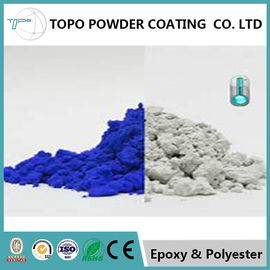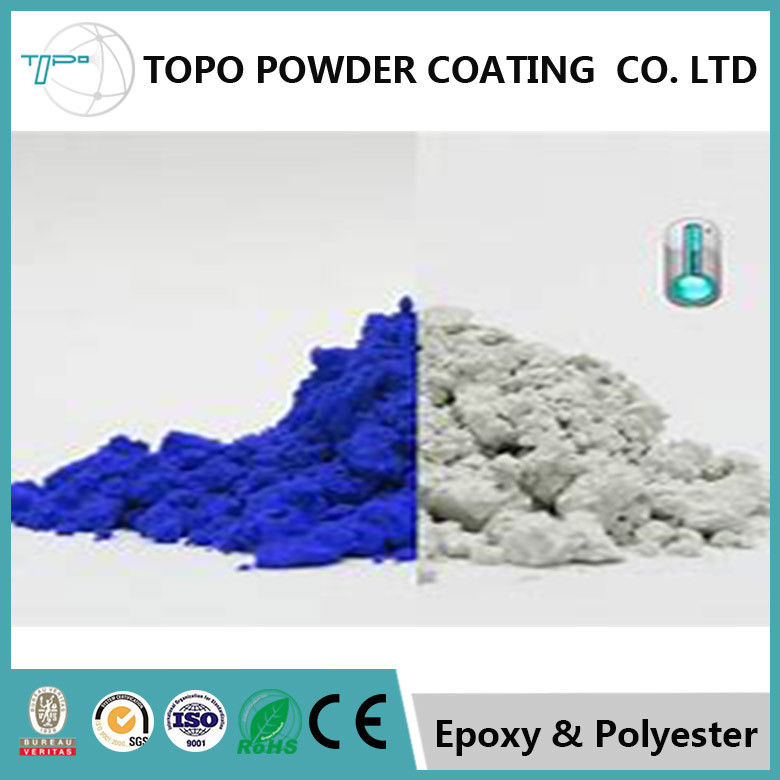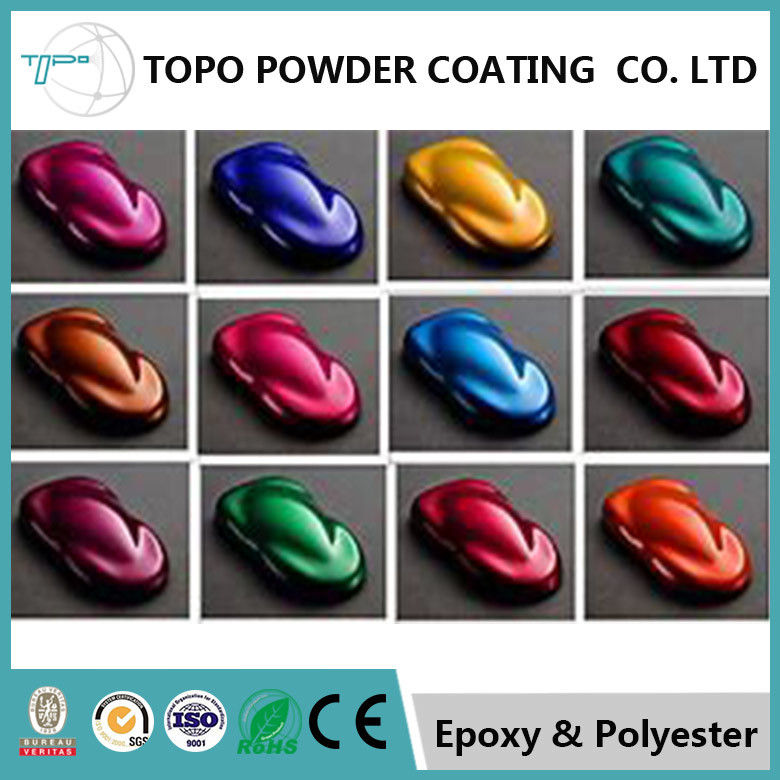
RAL1020 Olive Yellow Thermoset Powder Coating For Power Tools 77% Gloss
-
High Light
fluidized bed powder coating
,automotive powder coating
-
ColorOlive Yellow
-
RALR1020
-
Gloss77%
-
AppearanceHammer
-
Impact50kg
-
Salt Resistant1000Hours
-
Place of OriginUkraine
-
Brand NameTOPO
-
CertificationCE, SGS, BV, ISO
-
Model NumberTPC-RAL1020
-
Minimum Order QuantityNegotiable
-
PriceNegotiable
-
Packaging DetailsTwo-ply PVC bag inside with carton box
-
Delivery Time7 days
-
Payment TermsWestern Union, MoneyGram, L/C, T/T
-
Supply Ability400ton/Month
RAL1020 Olive Yellow Thermoset Powder Coating For Power Tools 77% Gloss
RAL1020 olive yellow electrostatic thermoset powder coating for Power Tools
Thermoplastics vs. Thermosetting – What is Better?
Thermoplastic versus Thermosetting, what is better? For that we need some facts. Let’s start off with thermoplastic, this type of powder does not chemically react when it’s being applied or when it’s getting baked. For this reason material coated with thermoplastic powders will re-melt after cool when the material is heated again.
For the most part thermoplastic powders are mainly used as functional type coatings by fluidized bed application equipment since it’s a lot easier to add heavier coatings for greater protection. These type of powders have uses for wireed goods such as dishwashers, freezer baskets, pipes, and valves for corrosions protection. Spline shafts and shifter fork get it too for low friction and wear. Also as electrical insulation for bus bars and circuit breakers as well.
Now for the difference between thermo plastic and thermosetting powder coatings, thermosetting powder coatings will chemically react during baking to form a polymer network that is much more resistant to a coating breakdown. Also thermosetting coatings do not re-melt when they are cooled after heat is re-applied.
Functional thermosetting coatings contain epoxy resins which offer many design, cost, and production advantages. When Functional coatings are applied by flocking or fluidized bed techniques the preheated part is sprayed or dipped into powder. Thermosetting powders can be applied onto coil, wires, and screen mesh by being sprayed.
In the next post, we will look at liquid coating because we have gotten enough powder coating for now.
Excellent service
As one of the largest supplier of thermoplastic powders, Kanglian promise goes far beyond being a supplier. We can provide unsurpassed services including:
- Help with your custom coating requirements.
- Large technical teams help you pick up the optimal coatings that suit your needs.
- Free guidance and advice on thermoplastic coating process and techniques, etc.
Suit your widest needs
-
Household appliances.
-
Automotive parts.
-
Window trims.
-
Wind powers.
-
Agricultural equipment.
-
Aerospace areas.
-
Interior and exterior furniture.
-
Architecture construction.
-
Metal fence and rails.
-
Food service areas.
-
Goods display, etc.
Thermoset Pros
- More resistant against high temperature.
- Hard and rigid.
- Thin to thick wall capability.
- Excellent appearance.
- High mechanical property.
- Cost effective.
- Excellent dimensional stability.
| Testing Items | Standard | Data |
| Appearance | Flat And Smooth | |
| Coating Thickness | GB/T6554-2003 | 50~70mm |
| Gloss(60°) | GB/T9754-2007 | From 2%~100% to All Gloss |
| Impact Resistance | GB/T1732-1993 | 50kg.cm |
| Bending Performance | GB/T6742-2007 | 2mm |
| Cupping | GB/T9753-2007 | 8mm |
| Adhesion Force | GB/T9286-1998 | 0 Grade |
| Hardness | GB/T6739-2006 | 2H |
|
Resistant to Salt (1000 Hours) |
GB/T1771-2007 | No Change For Coating Appearance |
| Humidity And Heat Resistance (1000 Hours) | GB/T1740-2007 | No Change For Coating Appearance |
|
Chemical Medium Resistance (240 Hours) 5%H2SO4 5%HCl 5%NaOH 5%NaCl |
GB/T1763-1979 |
No Change For Coating Appearance No Change For Coating Appearance No Change For Coating Appearance No Change For Coating Appearance |
| Heat Resistance | GB/T1735-2009 | It Can Reach Between 220℃/20minutes And 240℃/40minutes According To Color And Different Requirement |
![]()
![]()

